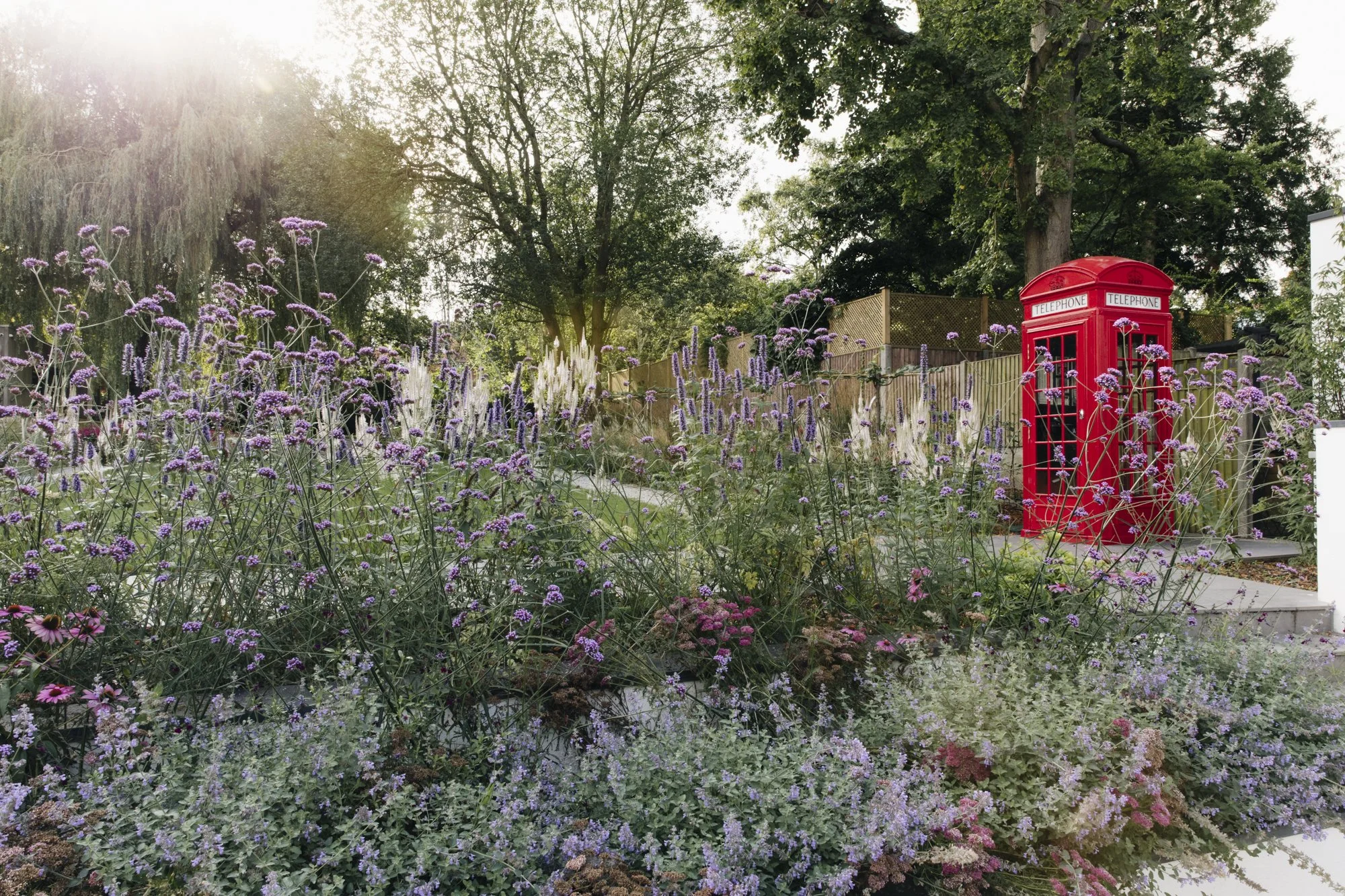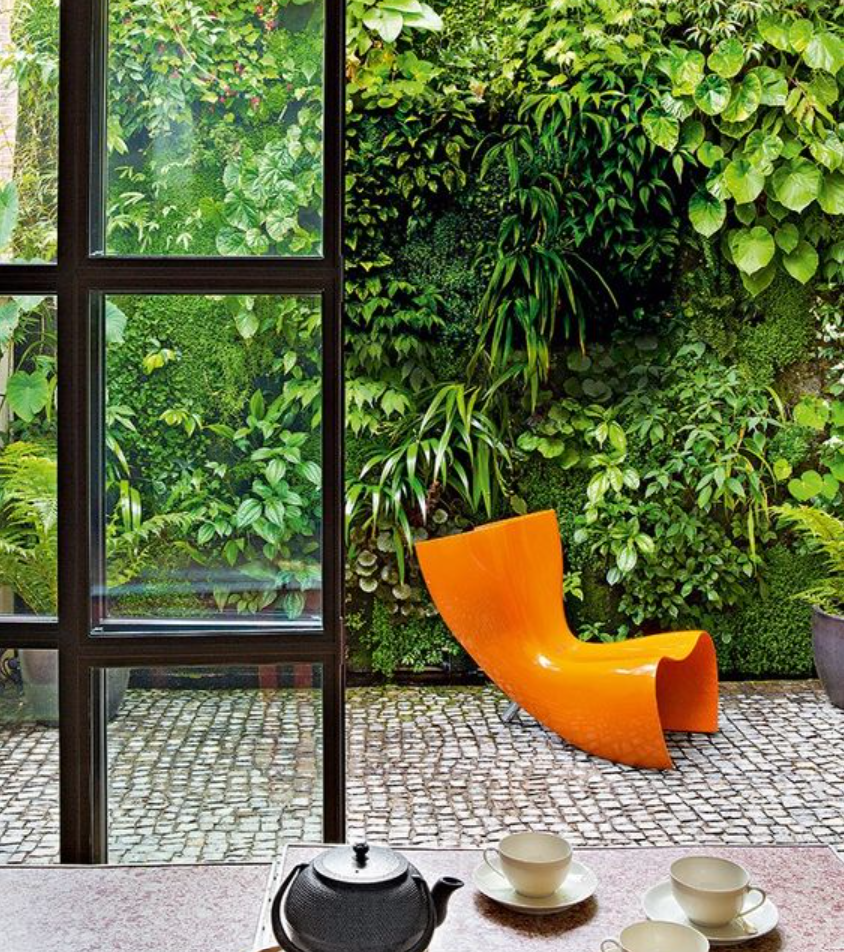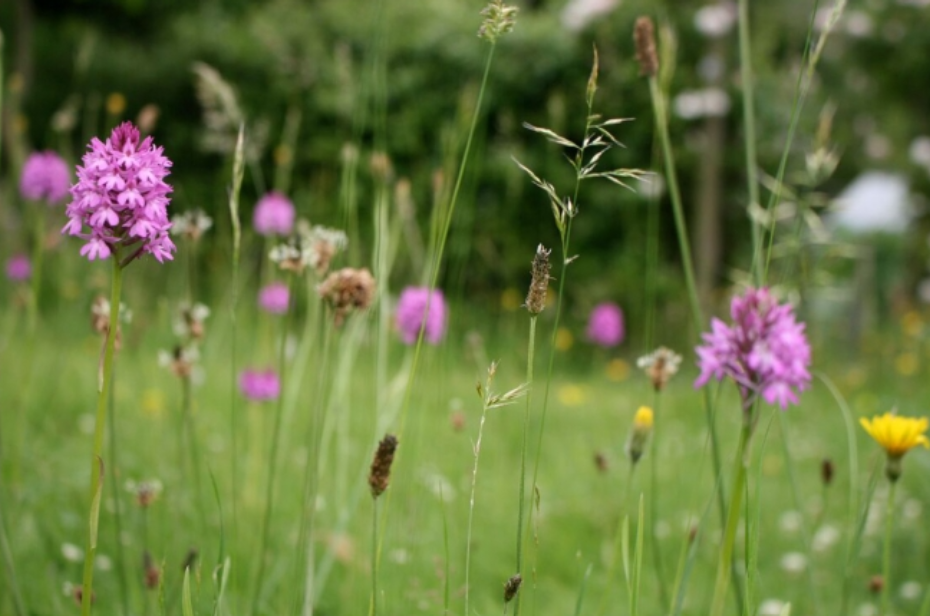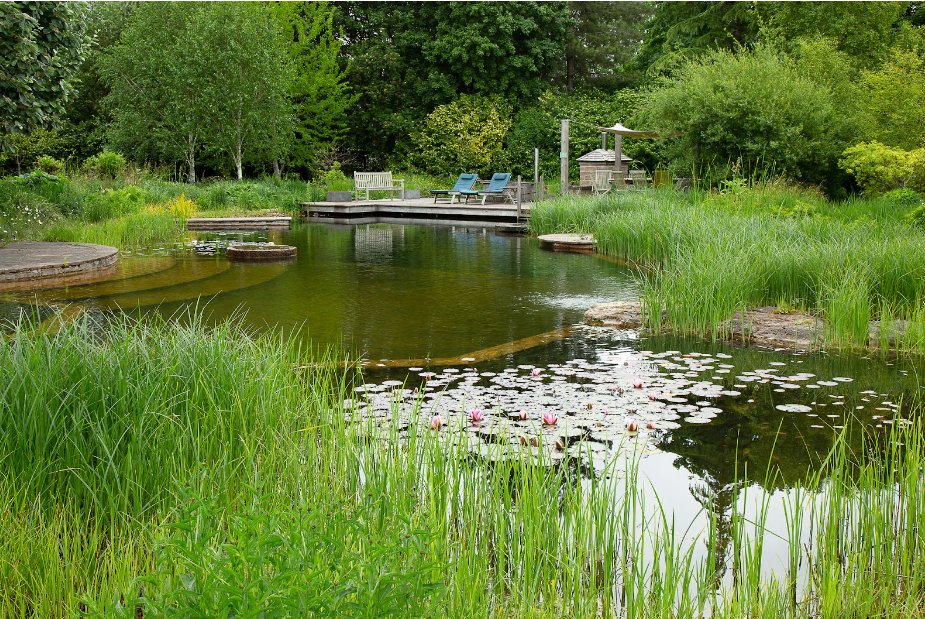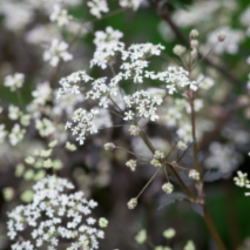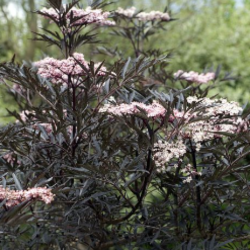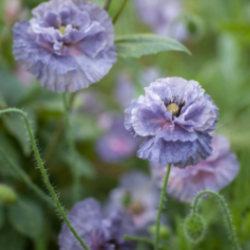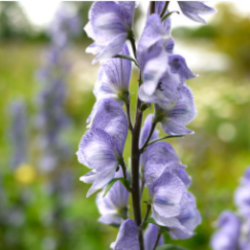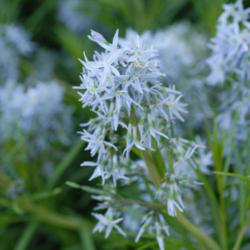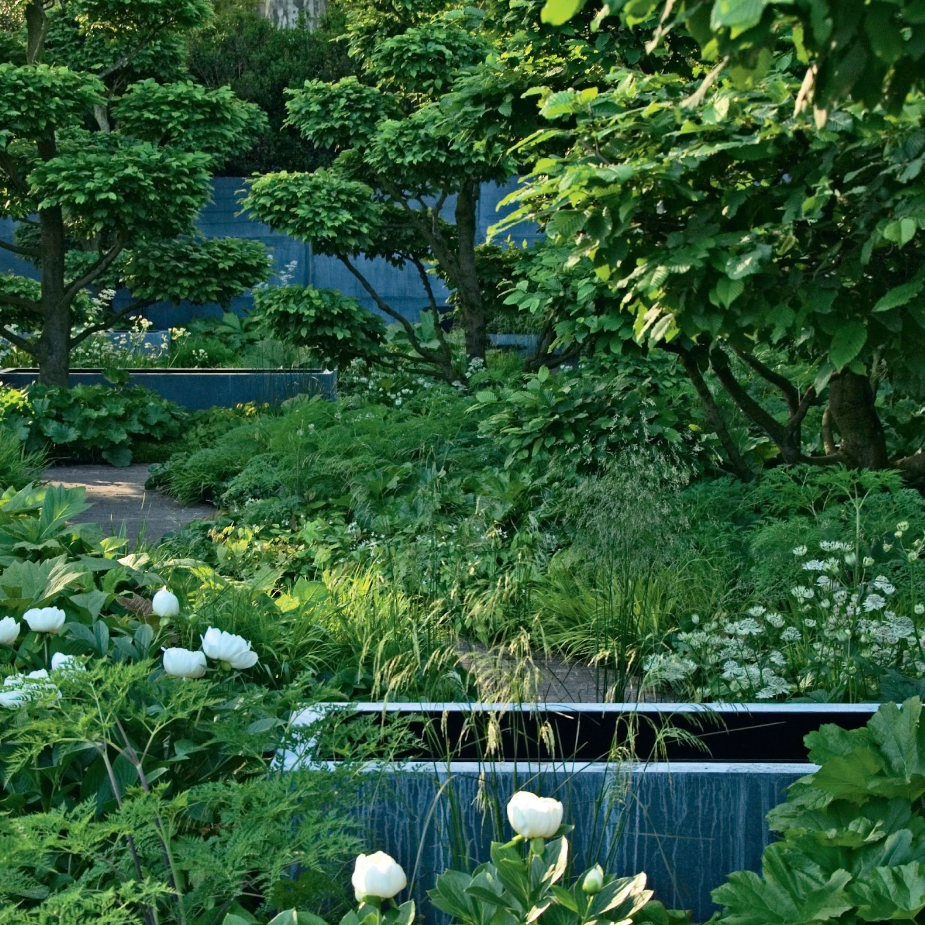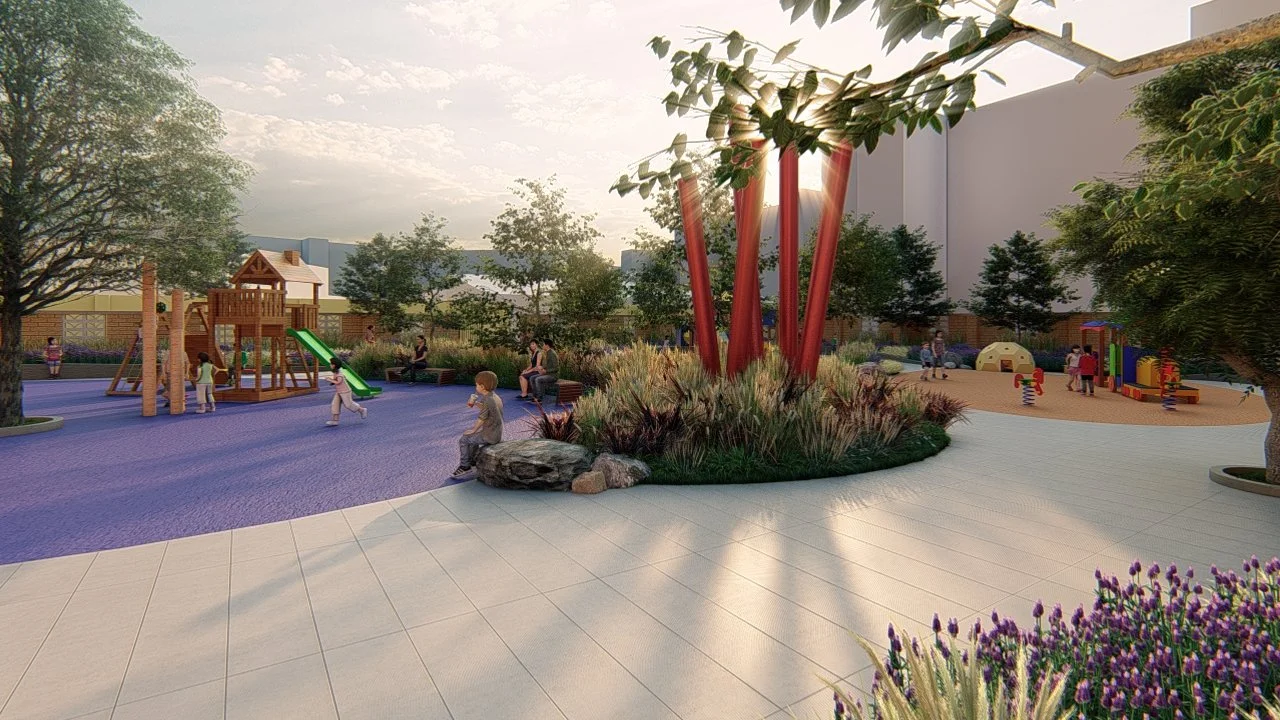8 2023 Garden Design Trends To Inspire Your Project
Designed by Nilufer Danis Studio
Garden trends, like plants, develop slowly. However, once they've come, they tend to return time and again…
Last year, we saw that the phenomenal, pandemic-induced increase in gardening was here to stay. We also saw a preference for homegrown produce (whether herbs, berries, vegetable or cut flowers), a rise in small space gardening, and trends that ensure sustainability and wellbeing are ingrained into our outdoor areas.
Many of these patterns are expected to continue, but will be further refined and adapted for the upcoming year. While growing your own produce remains popular with greenhouses, balcony gardening and kitchen gardens on the rise, emerging garden design themes for 2023 are more focused on thoughtful, clever architecture and what experts refer to as "environmentally healthy gardens."
In this guide from the award-winning garden design professionals at Nilufer Danis, we've put together some of the most inspiring 2023 garden design trends, so that you can feel inspired to take your project up a notch.
Keeping up with the trends…
No matter if you're working on a larger garden design project or a small urban garden, for example, to spruce up a commercial property or redesign a large private residence, it's imperative that you keep up with the current trends.
While originality is always key, design trends not only offer insight into what's en vogue and popular, but also provide practical tips for how to go about creating a garden space that is both functional and appealing in the current climate and property market.
They also allow you to get creative with any new resources and methods, tools or materials that have become available since the last time you considered gardening, and keep you on track with global sustainability efforts in the process.
So - what are the 2023 garden design trends to look out for? Let’s take a closer look.
8 garden trends to know for 2023
Here are some of the most exciting 2023 garden design trends to inspire your own garden project.
1. Eco-friendly gardens
Designed by Nilufer Danis Studio
Climate change is shaping many of our garden movements and decisions right now, whether we like it or not. Weather extremes in the UK have been characterised in recent years, ranging from drought to floods, as well as an overall temperature increase over the course of the year, and this is beginning to mandate a shift in planting types.
Most importantly, the decisions we as garden designers make when designing, planting, and caring for an environmentally healthy garden are influenced by the pressing need to be more sustainable, whether that means using less water, increasing biodiversity, using recycled materials or selecting ethically and locally sourced materials.
Pollinators like wild bees are decreasing. Planting garden flowers that serve as forage for a variety of pollinating insects is one way gardeners can help.
2. Cottage garden
A cottage garden in Wotton designed by Nilufer Danis Studio
Traditionally, cottage gardens consisted of a delightful combination of colourful flowers, a veggie plot, a herb garden, and possibly some chickens on a rough patch of grass - all of which are beneficial to biodiversity and insect life.
The modern cottage garden accomplishes all of this and more by introducing various planting zones, ranging from nutrient-poor gravel gardens that utilise drought-tolerant plants, to mixed beds, from a mini-meadow to a compost-rich vegetable plot.
This type of garden is productive, colourful, and uplifting, and it benefits insects and wildlife just as much as it benefits you.
3. Wildflower meadow garden
Ensuring environmentally healthy gardens, sustainable outdoor spaces, and thoughtful designs that consider the wider ecosystem are fundamental 2023 garden trends.
The practice of adjusting soil conditions to produce planting zones with nutrient-poor substrates is one of the most notable garden design trends we will see this year.
The reasoning behind this is that nutrient-poor soil encourages much more plant variety because stubborn weeds like nettles and thistles are less likely to take over. Drought-tolerant plants will flourish in these conditions, requiring little or no watering.
4. Natural swimming pools
Gardens should be happy, fun places where humans, plants, and wildlife can all benefit from one another.
One excellent example of this is the growth of chemical-free, natural swimming ponds, which are beautiful to look at and fantastic aquatic habitats for wildlife, as well as being a cost-effective approach to designing your dream garden.
Natural pools look and feel like swimming in a lake or river, but with the added benefit of being surrounded by your own unique garden design. This can be the ultimate retreat for garden users, as well as provide a haven for aquatic plants, birds, amphibians, and insects.
5. Darker shades with pops of colour
Darker blues, purples, and greys, mixed with small bursts of brighter colours, are expected to be popular in the garden in 2023.
Plants with plummy or darker stems and foliage, such as Anthriscus sylvestris 'Ravenswing,' Sambucus nigra, Angelica gigas, or bronze fennel, will provide a background for the brighter colours of scabious, verbenas, and geums.
Flowers with smoky purple and grey tones, such as Papaver 'Amazing Grey,' Aconitum 'Stainless Steel,' and Amsonia hubrichtii, will be enjoyed across Britain's gardens.
6. Vertical gardens
Gardens come in all shapes and sizes, and vertical gardens are another creative garden design trend here to help you make the most of your outdoor space.
Vertical gardens are perfect for roof gardens, adding texture, colour, and green to walls, or other areas with limited space. Many plants can be grown on a wall, from ferns, perennials and ivy to succulents and tropical climbers, and adding a vertical garden to your outdoor space will provide that extra bit of life and vibrancy to your project.
As a growing trend in the garden design world, vertical gardens also come with a wider array of benefits to both users and biodiversity. Research even shows that vertical gardens could enhance the quality of life through their restorative effect and that they can provide potential ecological and air quality contributions to the city they're in.
With this in mind, vertical gardens can be a great way to introduce more living plants into your garden design and help you make the most of limited space. At the same time, they are an excellent way to promote sustainability by helping reduce energy costs, using fewer resources such as water and fertiliser, and providing much-needed fresh habitat for city wildlife.
7. Sanctuary Gardens for well-being
We've seen a shift in how individuals think about their own gardens over the last five years. We value our gardens not only for hosting parties and outdoor socialising, but also for emotional health and wellbeing.
Being outside, connecting with nature, and the physical advantages of gardening are all things we value much more in the post-pandemic world, and this influences the garden styles we select.
Sanctuary gardens, in particular the woodland type, have been extremely important for our mental health during the pandemic, allowing us to explore complete tranquillity and meditation.
Woodland gardens are ideal to escape from the modern world, trees provide natural shade and privacy from the outside world. Lush green woodlands can fill you with an overwhelming sense of calm and peace.
8. Cutting garden lawn spaces
Looking for a garden designer to transform your outdoor living space?
Nilufer Danis Design is a multi-award-winning garden design and landscape architect studio and has created many high quality, contemporary and evocative gardens in Central London and beyond. From town gardens to large rural gardens, we can introduce the beauty of the natural world in your outdoor space. We continually look for methods to promote equilibrium between our gardens and the natural world as part of our sustainable design process.
We know that every client and every garden project is unique, and our designs have included contemporary gardens, naturalistic planting, ponds, swimming pools, dining areas, play areas, kitchen gardens, woodlands and more.
Get in touch with us today to discuss your next garden project!
Garden design trends 2023 FAQS
What makes good garden design?
Good garden design should answer a client's brief and should match the house and interior style (or client’s lifestyle) as well as being in harmony with the surrounding landscape.
If it is a small space, materials, and plants should be chosen carefully to avoid making the space smaller or busy. Using the right scale of plants is fundamentally important.
Large gardens can be divided into different rooms with different functionality or styles to make the large space more exciting and functional.
In both spaces, less is always best. Choosing the best combination of materials (i.e. colours, textures and style) and plants are key in a successful design and artistic colour combination and repetition of plants works very well in planting schemes.
What constitutes a well designed garden?
A garden should complement the surrounding landscape and structures. Some gardens appear to make little effort to benefit from any nearby views or features, and are planned without regard for the effect of ugly views, road noise, orientation, local climate, or any other external factors.
What makes a garden relaxing?
Green is the ultimate relaxing colour, and it can take many shades in the garden. Hedges, lawns, and topiary provide structural elements and year-round interest, having fewer flowering plants and keeping planting more green and lush can be more relaxing.
Woodland type gardens are ultimately the best solution to feel at one with nature and feel a deep, relaxing connection to the outdoors. Creating a space for a body of water such as a water bowl can also have relaxing benefits, the sound of flowing water affects us subconsciously, hence causing a soothing influence on the body, mind and spirits.


